Discovering North Macedonia: Unveiling Hidden Gems
Following the recent surge of tourism to Albania, I wanted to jump ahead and explore what I anticipate as being the next trending European destination, North Macedonia, whilst it is still relatively “off-the-beaten-track”.
North Macedonia, or just “Macedonia” if you ask the locals (who mostly seem to reject this name which was amended to settle a dispute with Greece in 2019) is a country rich in history. Formerly a part of Yugoslavia, it gained independence peacefully in 1991, marking its first period of independence since before the Ottomans invaded in the late 14th-century. My guide in Skopje, despite being frustrated by his nation’s historic lack of freedom, was able to fixate on a positive, “our country now contains elements from a variety of cultures, architectures, religions, and cuisines which makes us very diverse.” This is evident in the combination of Old Bazaars, Roman and Greek ruins, and blend of mosques, churches and monasteries that pepper the country.
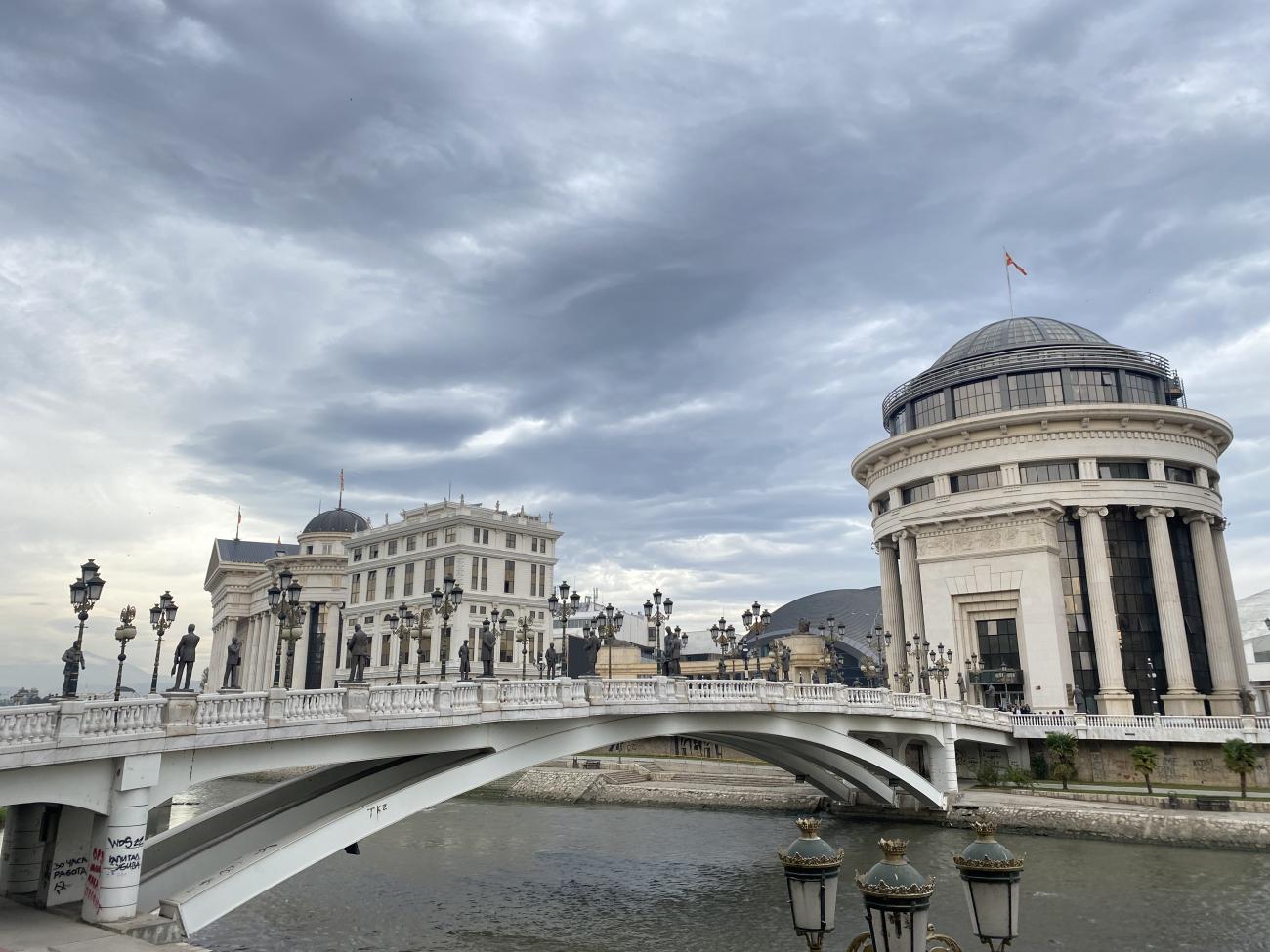
I began my trip in the capital, Skopje, which is perhaps best known for being the birthplace of Mother Teresa. Sadly, the city was largely destroyed by a huge earthquake in 1963, which is beautifully commemorated by the preservation of the old train station’s broken clock, which remains stuck at the time the earthquake hit. Consequently, Skopje has had to be rebuilt in recent years, most notably under the government’s ironically unfinished project “Skopje 2014.”
Not renowned for its beauty, Skopje is instead a hub for all the history lovers out there, and its highlight is certainly the Old Bazaar, which is the second largest in Europe after the Grand Bazaar in Istanbul. Hidden within the Bazaar, you can find an old caravanserai, a Turkish Hamman, and the secluded Church of the Ascension of Christ, which contains beautifully preserved wooden iconostasis.
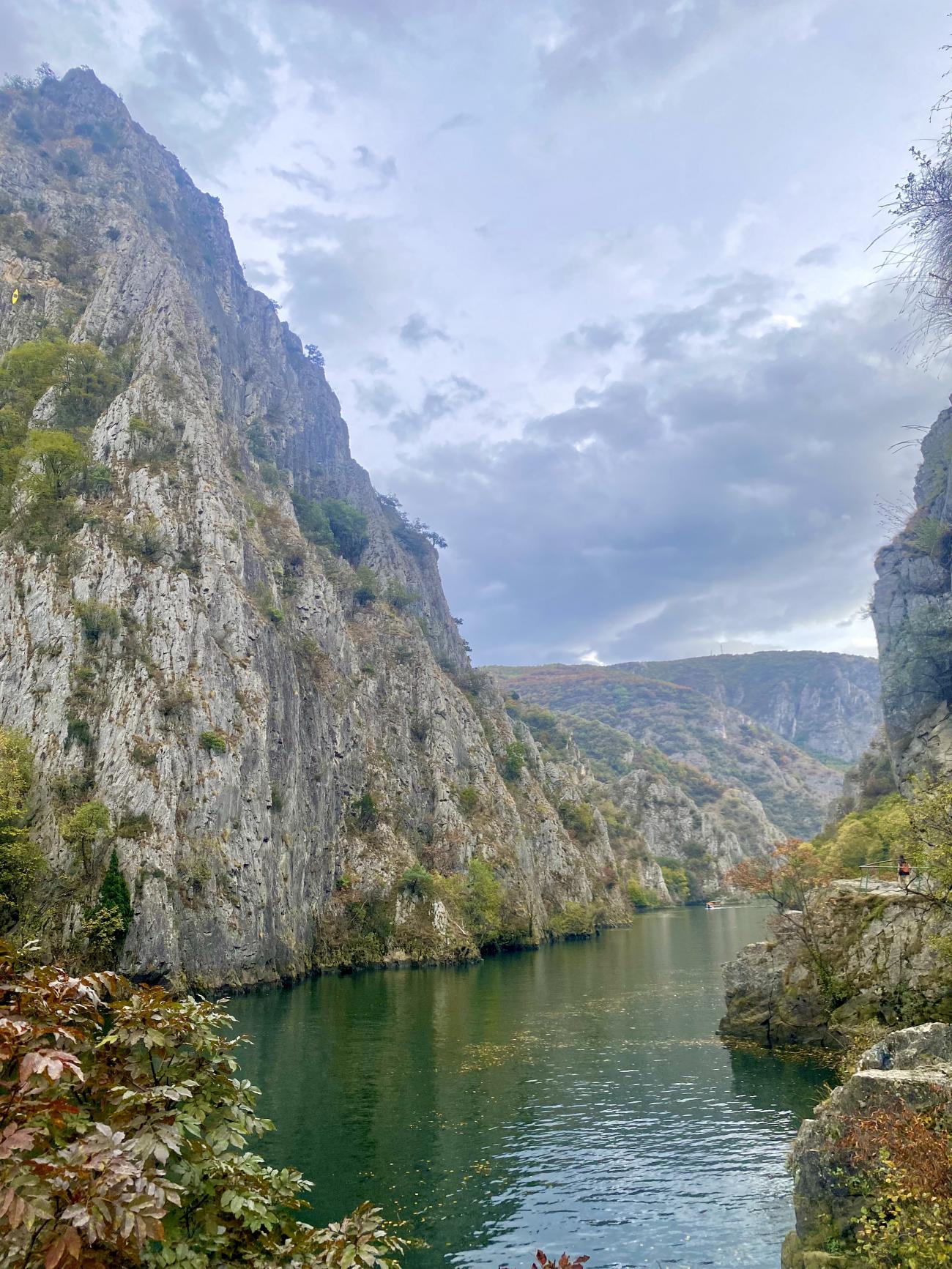
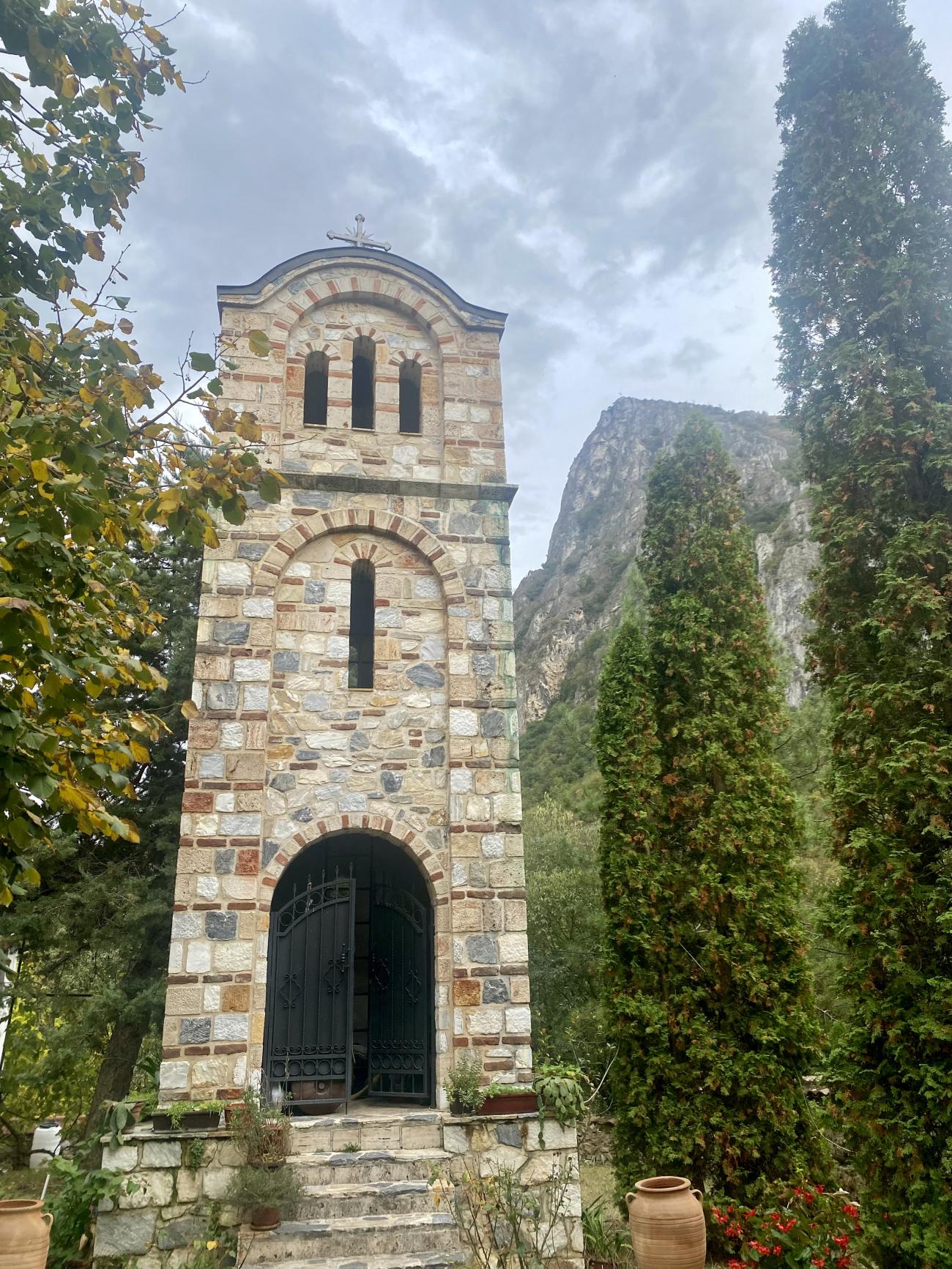
Just a short drive away from Skopje lies the breathtaking Matka Canyons. The mountain backdrop surrounding the bright green water is enough of a reason to visit the canyons, but there are also abundant hiking routes, monasteries to visit, and boat trips to the Vrelo cave which is believed to be the deepest underwater cave in Europe. This was one of my trip highlights despite the overcast and rainy afternoon that I visited, which actually added to the tranquil atmosphere!
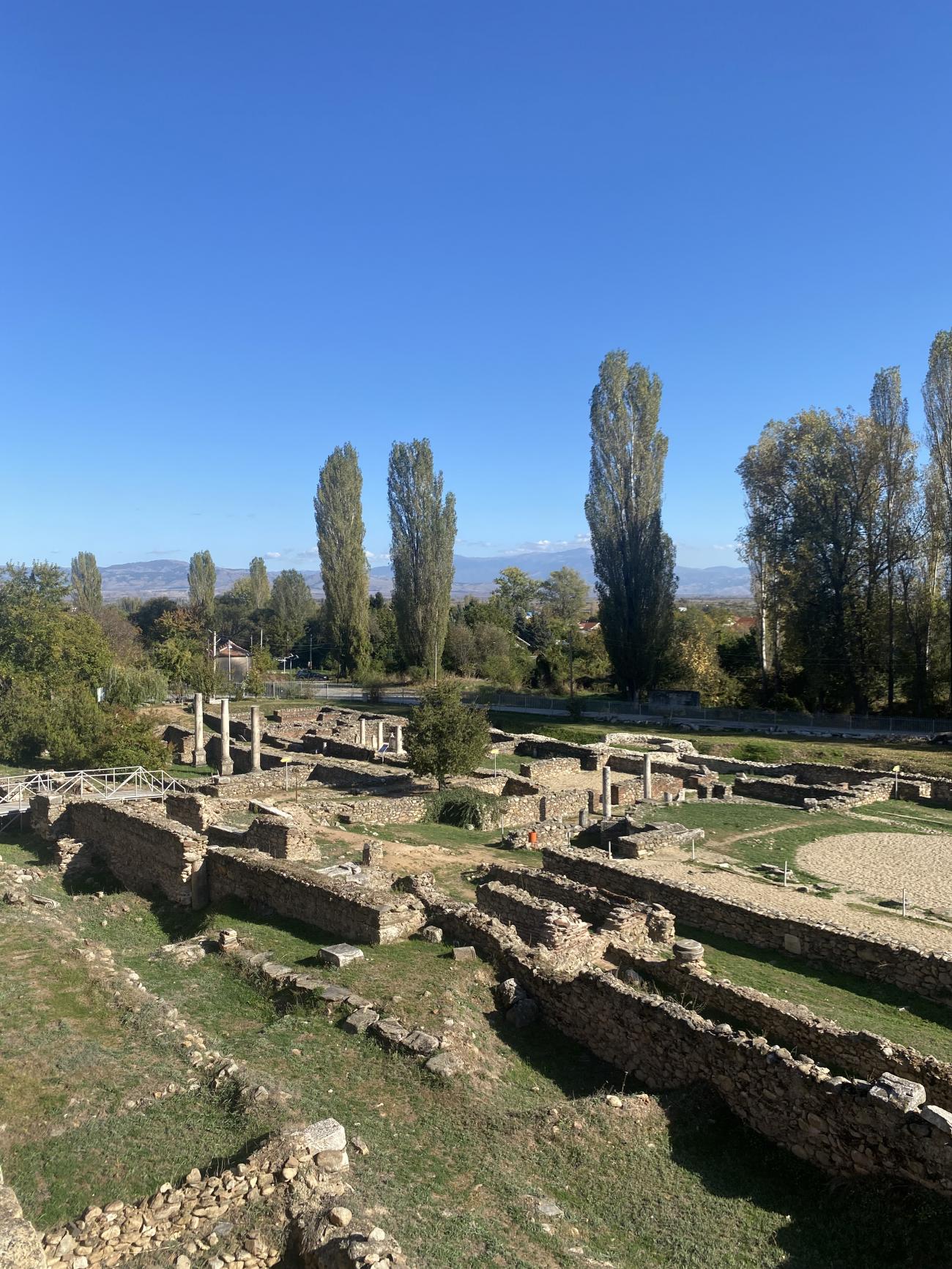
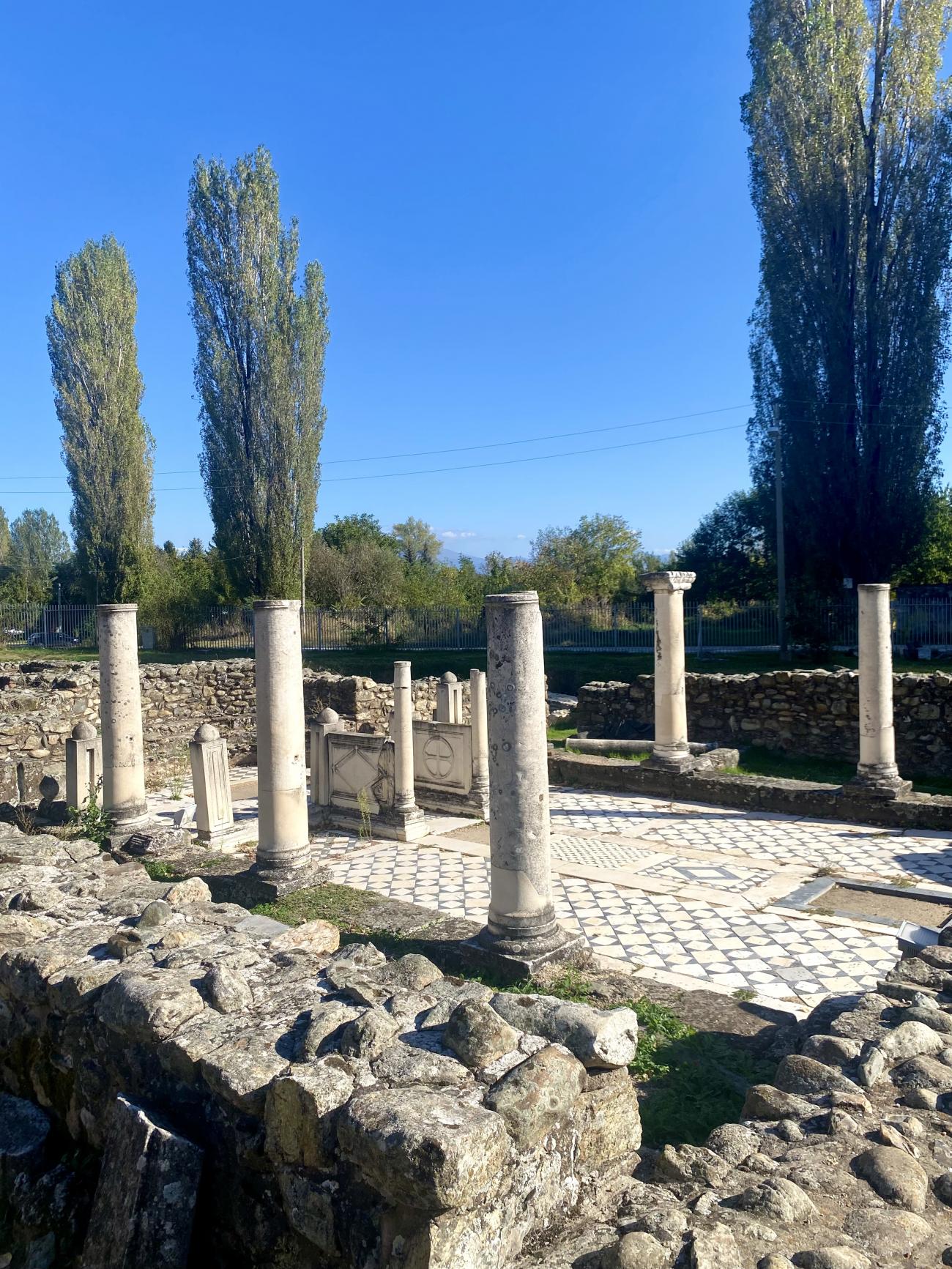
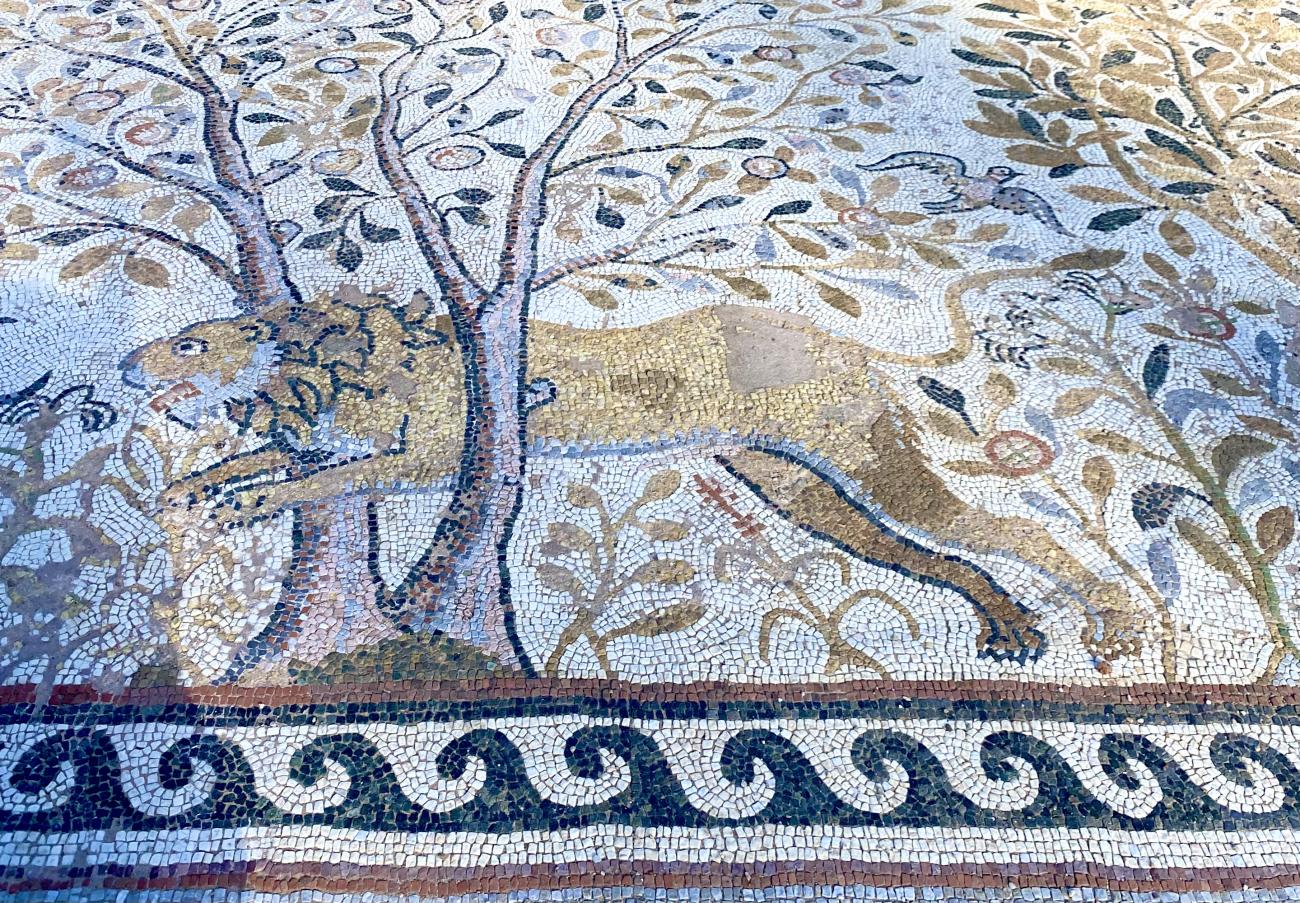
I then headed south to the town of Bitola, which is home to the Greco-Roman Ruins, Heraclea Lyncestis. I spent a couple of hours wandering through the ruins and taking advantage of the audio guide which explained what each section was used for and what has been preserved and lost. As a fan of the film Gladiator (“Are you not entertained?”), I was particularly interested in the amphitheatre which was used for gladiator fights, and the guide even pointed out where the animal cages were located. I was shocked that despite the quality of these architectural ruins, which even included whole sections of preserved mosaic, I was practically the only person there. However, Bitola has much more to offer than just the Heraclea Lyncestis, and I also paid a visit to Magnolia Square, the Old Bazaar, and a multitude of mosques and churches.
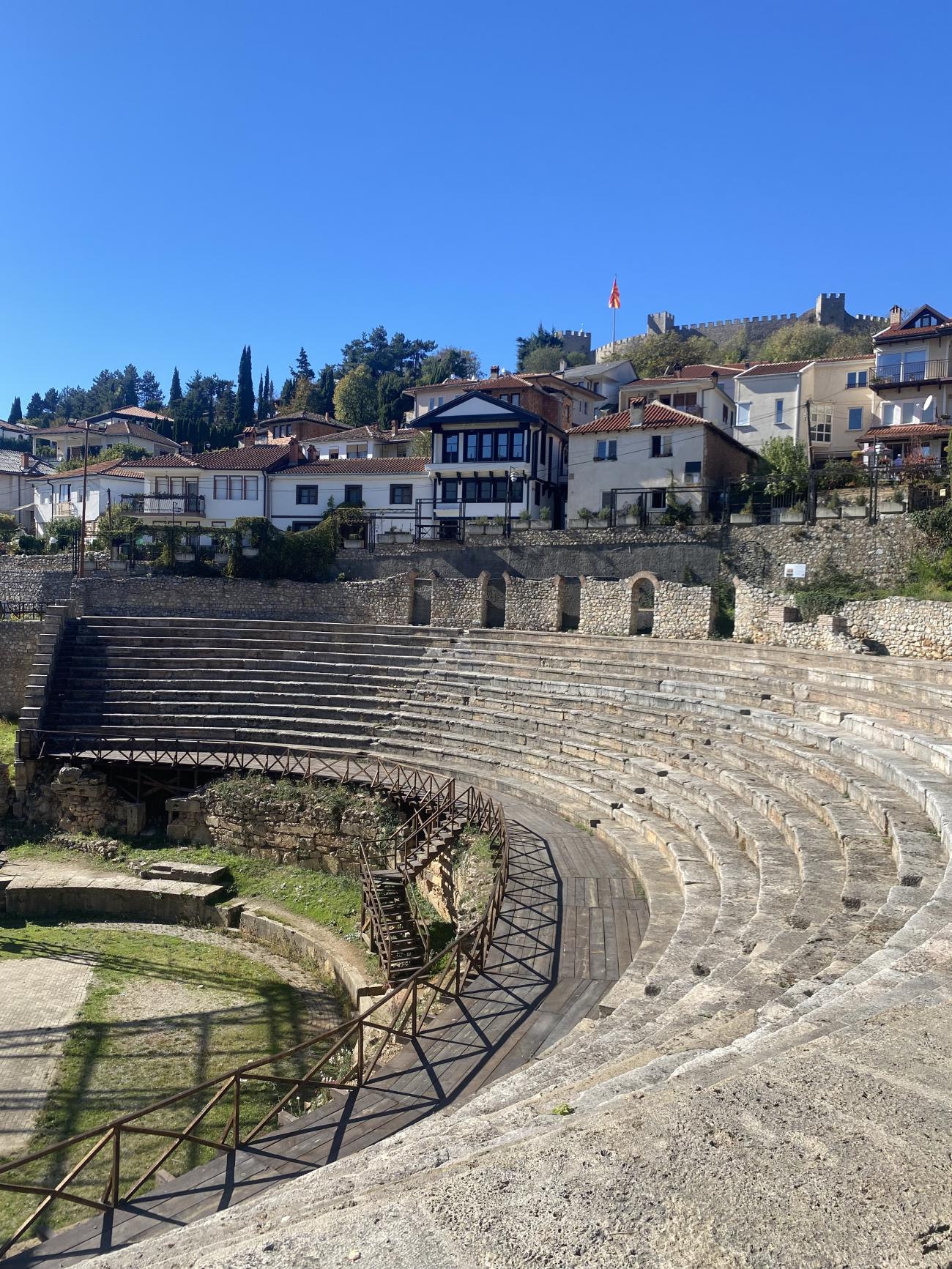
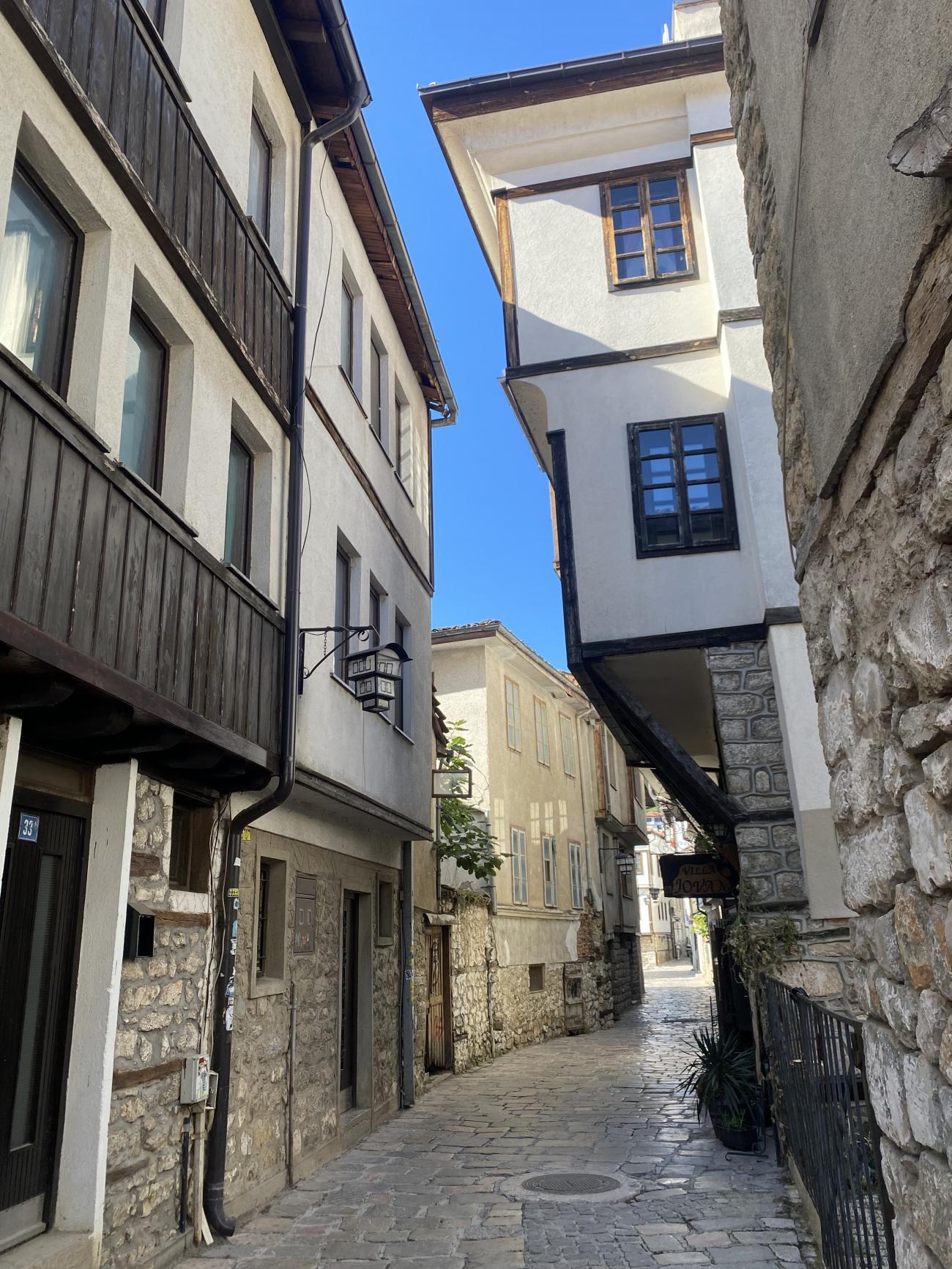
I saved the best until last and ended my tour of North Macedonia with the picturesque Lake Ohrid. The lake, which also borders Albania, is Europe’s oldest and deepest lake and is surrounded by churches, monasteries and national parks. I began my time there with a guided tour of the old town, where I discovered more about the pearls Ohrid is renowned for, visited the National Workshop For Handmade Paper (which contains one of the two surviving Gutenberg printing presses), tried homemade local delicacies in an artisan shop, explored another amphitheatre, and ended with perhaps Lake Ohrids’ most famous site, the Church of Saint John the Theologian.
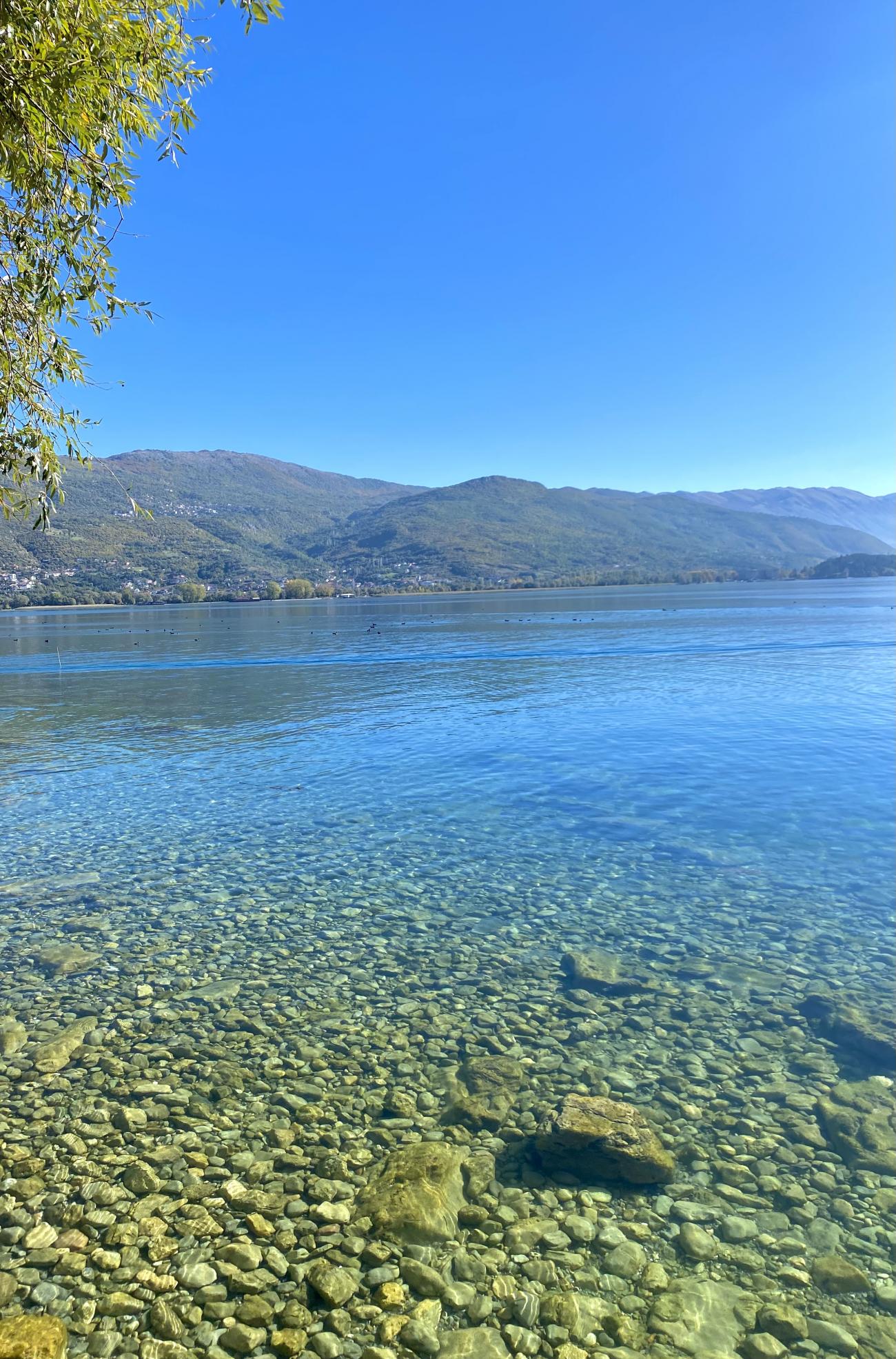
Nothing will prepare you for seeing this view in person as the strikingly blue water acts as the perfect backdrop for this beautiful church. I returned the following day by boat in order to see all angles of this wonderful site and I would definitely recommend getting onto the lake at some point during your stay. The old town is the perfect place to get lost, have a glass of the famous Macedonian wine on the waterfront, and just watch the world go by.
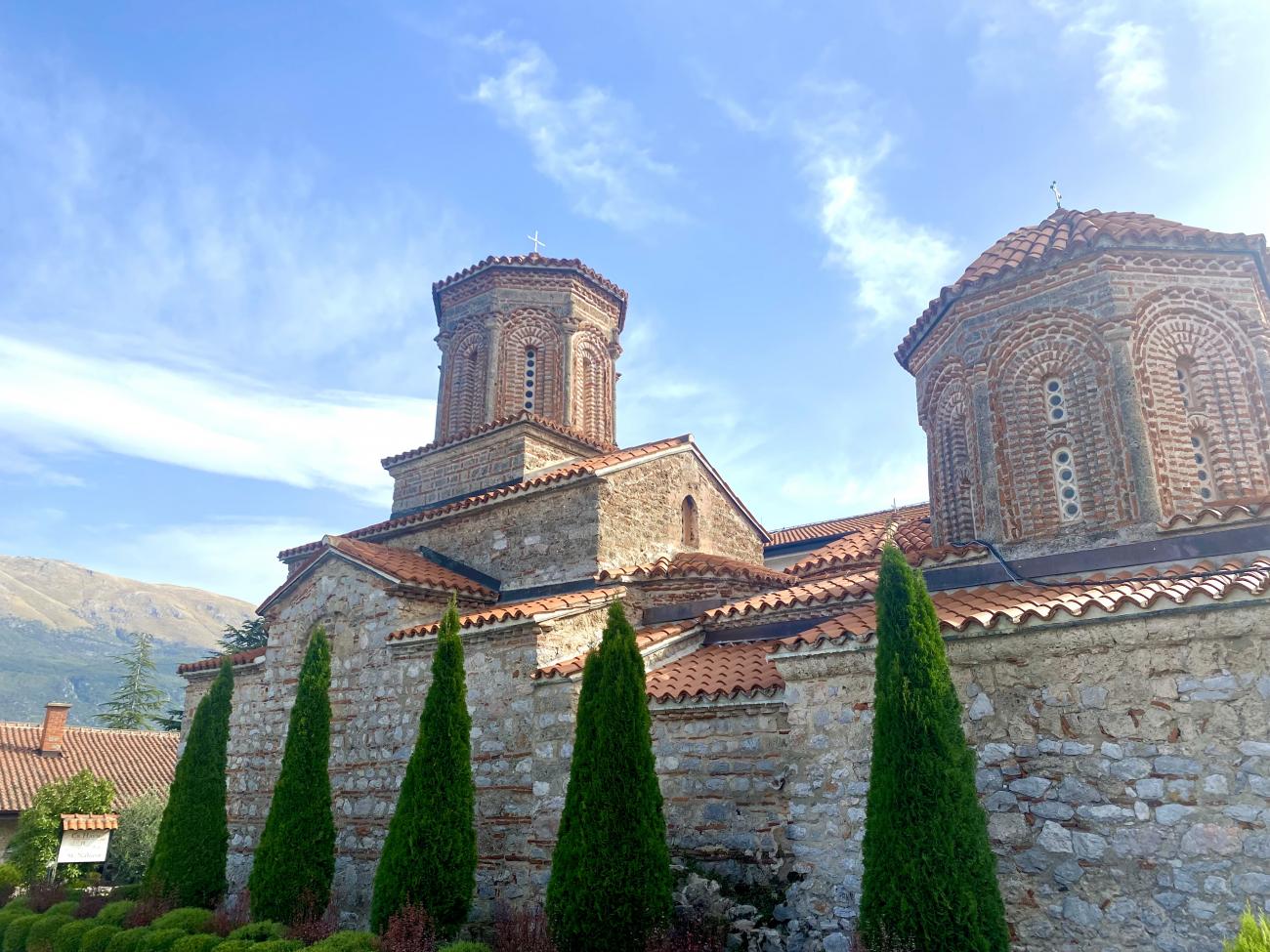
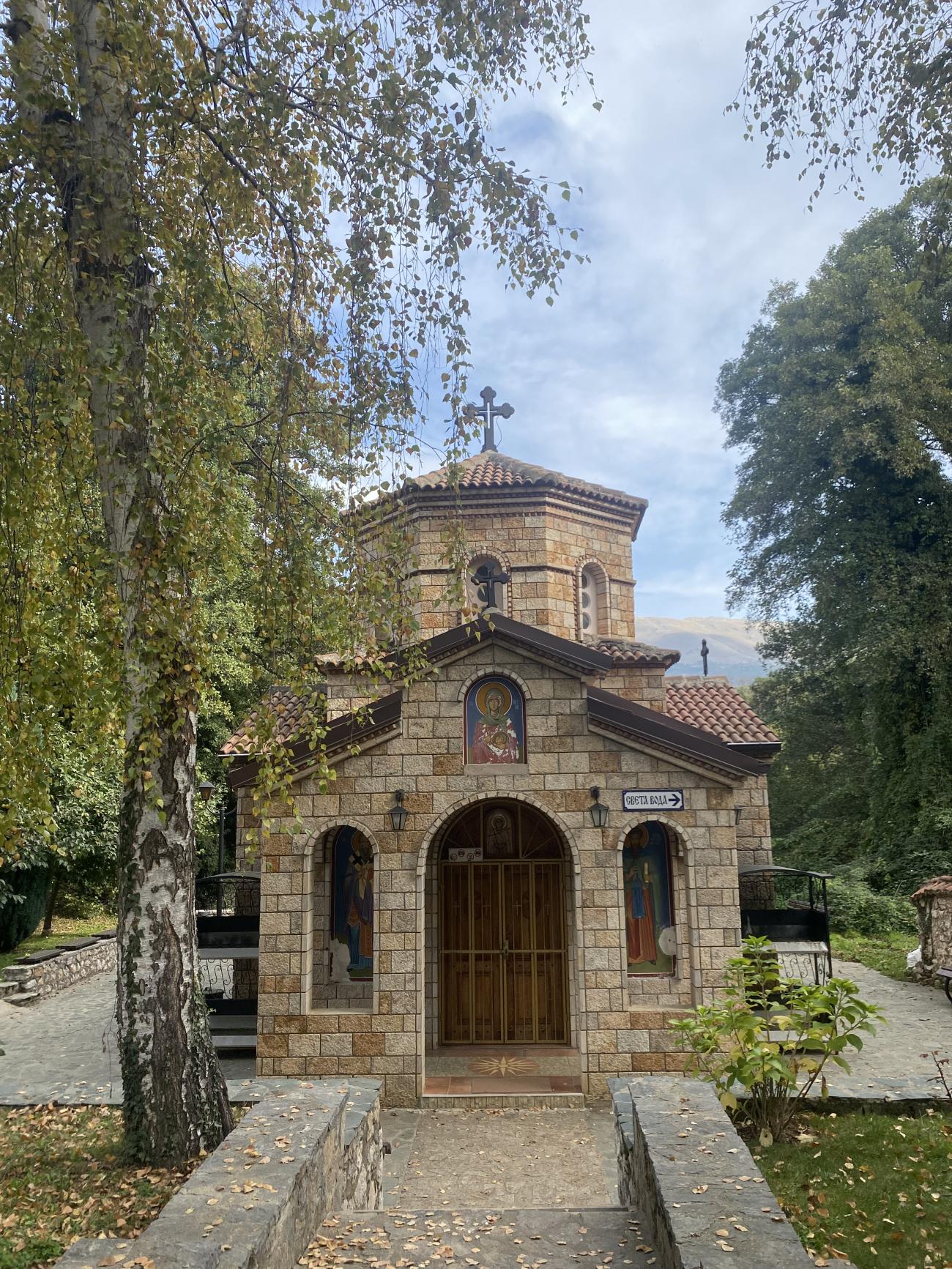
Just a short boat ride away from the town you can also access The Monastery of Saint Naum. The monastery was first built during the Bulgarian Empire, before being rebuilt in the 16th century, and being similarly surrounded by the lake and the nearby mountains, this is not one to miss. You can enter the monastery to look more closely at the painted walls and ceilings, or you can just appreciate the monastery from the outside with its scenic backdrop. The grounds are worth exploring and you may come across another smaller church as I did, or you can sit and enjoy a coffee at the waterfront café.
I visited Lake Ohrid in November which meant that it was relatively quiet, but this is a place that I can see becoming extremely popular, especially in summer, so I would recommend visiting sooner rather than later. The locals pride themselves on North Macedonia having 260 sunny days in the year (I was told this multiple times so it must be true!) so travelling off-season is definitely worth it. I was blessed to have bright sunshine and temperatures in my early 20s when I visited which was ideal for sightseeing.
